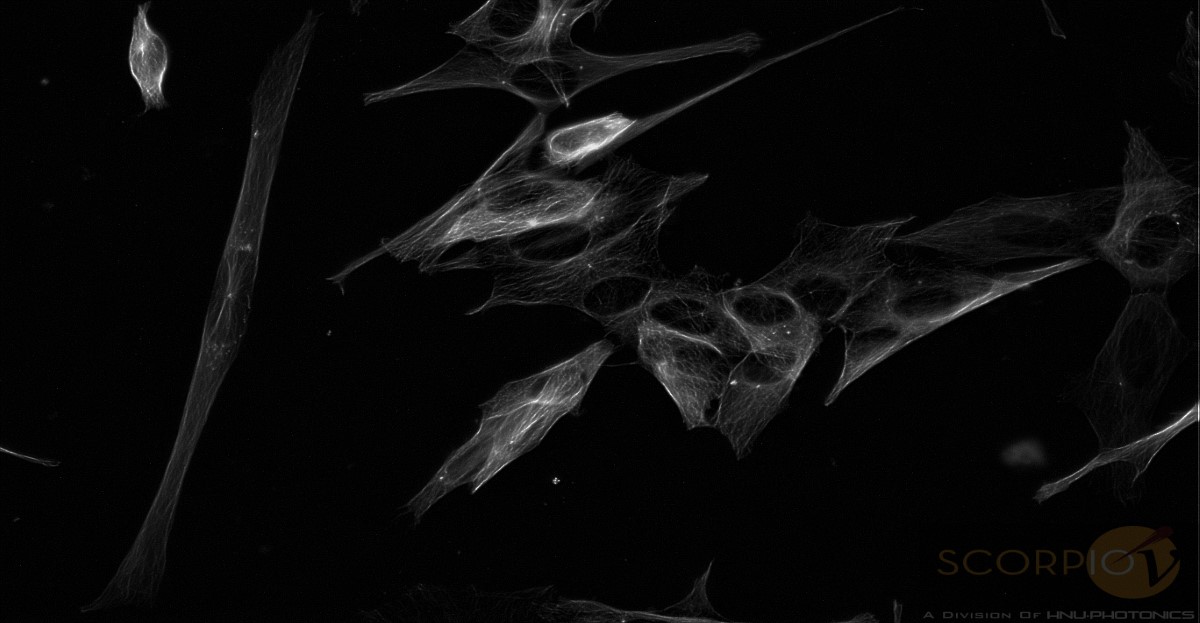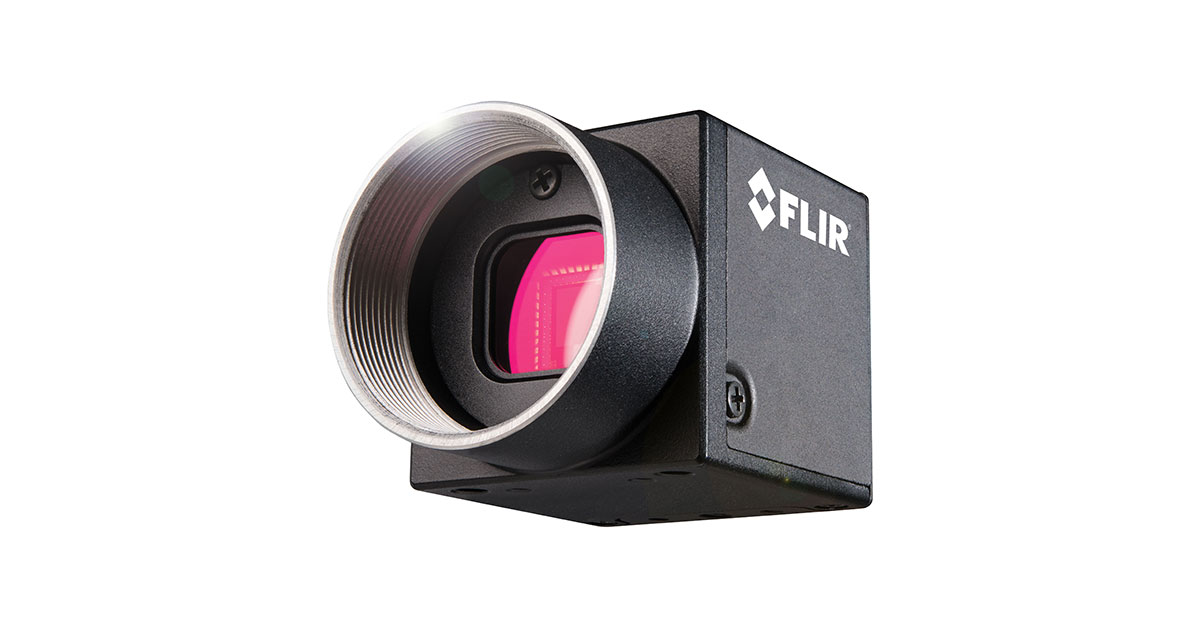HNu Photonics Studies the Effects of Spaceflight on Human Physiology using FLIR Blackfly Machine Vision Cameras

HNu Photonics is a developer of cutting-edge flight and ground based hardware for aerospace and defense sectors. Using Teledyne FLIR machine vision cameras, the SCORPIO-V division of HNu Photonics is working with NASA to better understand how spaceflight and microgravity impacts humans on a cellular level.
NASA’s Human Research Program (HRP) has spent the last five decades studying what happens to the human body in space. From space radiation to changing gravity fields, the conditions encountered during space travel could have long-term and potentially dangerous effects on human physiology.1
As part of their contract with NASA, HNu Photonics is working to provide various microscopy solutions onboard the International Space Station (ISS). Researchers will use what they learn from microscopy experiments to design new devices and strategies to help keep astronauts healthy both during their missions and in the long term.
The Solution
Called the Mobile SpaceLab (MoSL), the HNu solution is a series of self-contained re-usable payloads that automate mammalian cell culture investigations with autonomous microscopy in multiple imaging modes, including phase contrast and fluorescence.
Phase contrast is a technique in microscopy that imparts contrast to samples that do not have any inherent contrast or applied stain to enhance contrast. It is used under white light and the resulting image is sometimes overlaid as a “channel” (separate picture) with the fluorescence signal “channel” in order to create a “multi-channel” image. This combination helps the observer identify and localize fluorescence. The dual microscopes of the MoSL utilize Teledyne FLIR Blackfly cameras to perform imaging in both phase contrast and fluorescence channels.
The MoSL enables sophisticated experiments to be performed on the International Space Station with little to no tasking for the ISS crew.
In particular, the MoSL performs experiments in microgravity onboard the ISS. Microgravity is the condition in which people or objects appear to be weightless; and has been shown to have possible detrimental effects on bone mass, muscle mass, blood pressure, and more.
MoSL experiments are aimed at understanding and managing the effects of microgravity on mammalian cell and tissue culture systems via automated experimentation.

Why Teledyne FLIR?
HNu Photonics chose Teledyne FLIR Blackfly machine vision cameras because of their exceptional performance and small form factor; enabling vision system designers and scientists to utilize high resolution, low noise interrogations of processes at the sub-cellular level. The Teledyne FLIR Blackfly’s high QE (Quantum Efficiency) and low read noise were crucial considerations for ensuring high SNR (Signal-to-Noise-Ratio) in an uncooled sensor, while the small form factor and low mass were particularly necessary for a spaceborne payload.
“Thank you Teledyne FLIR for creating a small form factor, high performance CMOS product line for use in our Mobile SpaceLab payload onboard ISS”
Dr. Mark Mulrooney, Project Manager, MoSL at HNu Photonics
The 2020 MoSL payload used Teledyne FLIR Blackfly cameras and the recent 2021 payloads have started using our latest Teledyne FLIR Blackfly S cameras; further illustrating the ease of deploying upgrades when using Teledyne FLIR machine vision cameras and peripheral hardware.
Get in Touch
In keeping with specialized requirements for scientific and biomedical vision systems, our machine vision cameras offer several features in addition to High QE and low SNR. These include firmware control and freezing options, long product support cycles (10+ years), hardware and software features that allow integrators to calibrate for highly accurate color reproduction and low light performance.
These features make Teledyne FLIR machine vision cameras particularly relevant for demanding applications in biomedical engineering, optical product development, semiconductor fabrication, space research, and other specialized fields.
Contact Us to discuss your project requirements.
*Principle Investigators (PIs) interested in microgravity studies can contact the SCORPIO-V division of HNu Photonics to discuss potential collaboration and funding opportunities.
1 Abadie, L. et al. (2021, February 03). What happens to the human body in space? Retrieved March 23, 2021, from https://www.nasa.gov/hrp/bodyinspace